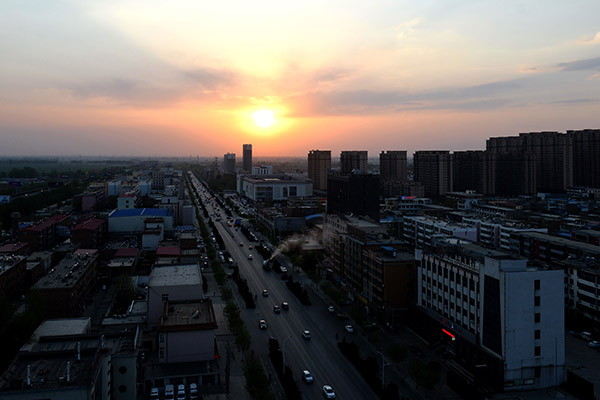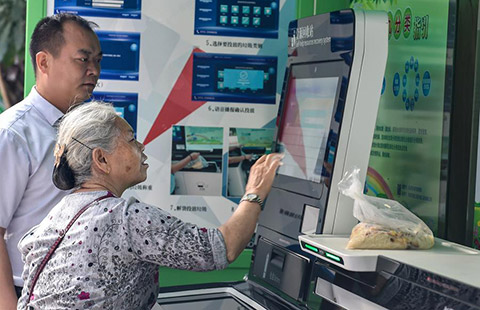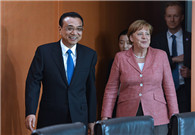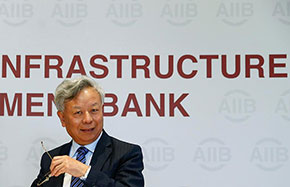Public and private sectors will reduce financial costs
 |
|
An Aerial view of Rongcheng in Xiongan. [Photo provided to China Daily] |
Within the next 20 years, infrastructure investment is estimated to top 4 trillion yuan ($583 billion), Gao Ting, head of China strategy at UBS Securities Co, told the Huaxia Times.
The amount is eye-watering and illustrates the virtues of PPP.
Yang Yongheng, vice-director of the Center for Public-Private Partnership at Tsinghua University, called it an excellent way of funding by taking the strain off public sector financing.
"Public-Private Partnership has become a supplementary strategy for governments, especially local governments, to raise funds for infrastructures projects," said Yang.
"The introduction of the PPP model in Xiongan will establish a sustainable investment and financing system for the public good. This will alleviate greatly the pressure on government funds," he added.
Initially, Xiongan's infrastructure plan will cover 100 square kilometers.
This will expand to 200 square kilometers before eventually occupying 2,000 square kilometers or the size of Shenzhen in Guangdong province, according to the government.
"This plan of development will enable the public sector to harness the expertise and efficiencies of the private sector," Yang said.
Reducing government debt for a project of this size and scale also makes sense.
As for private companies, they are used to sharing financial costs through risk management and competitive procurement practices.
"We will look at new management models in the area, deepen reform of the administrative system and explore investment and financing," He Lifeng, minister of the National Development and Reform Commission, told Xinhua News Agency in early April.
"This will establish long-term stable investment and attract social capital to participate in the construction of the new area."
PPP appears to be the preferred option in dealing with major infrastructure development in China.
More than 12,000 PPP projects had been registered by the end of the first quarter of 2016 with a total investment of 15 trillion yuan, data from the China Public-Private Partnerships Center in the Ministry of Finance revealed.
"It is an innovative model under which companies and local authorities participate in the delivery of public infrastructure and services," said Yang.
Xue Lan, dean of the School of Public Policy and Management at Tsinghua University, highlighted the biggest advantage of PPP when he said it radically improved management efficiency in public service sectors.
"Working with governments, private companies, or individuals who provide investment, can franchise related fields," Xue said.
"For governments, cooperation will reduce the burden of maintenance, and increase supply efficiency of public products and services. This happens by introducing advanced technology," he added.
Still, Yang warned that the PPP model has certain flaws, despite being pushed by central and local governments.
Disputes can flair up between the public and private sectors and this can delay key projects.
"The PPP projects, which are suitable in municipal infrastructure, transport and logistics, water and sewage, should combine closely with the need of Xiongan development," Yang said.

























